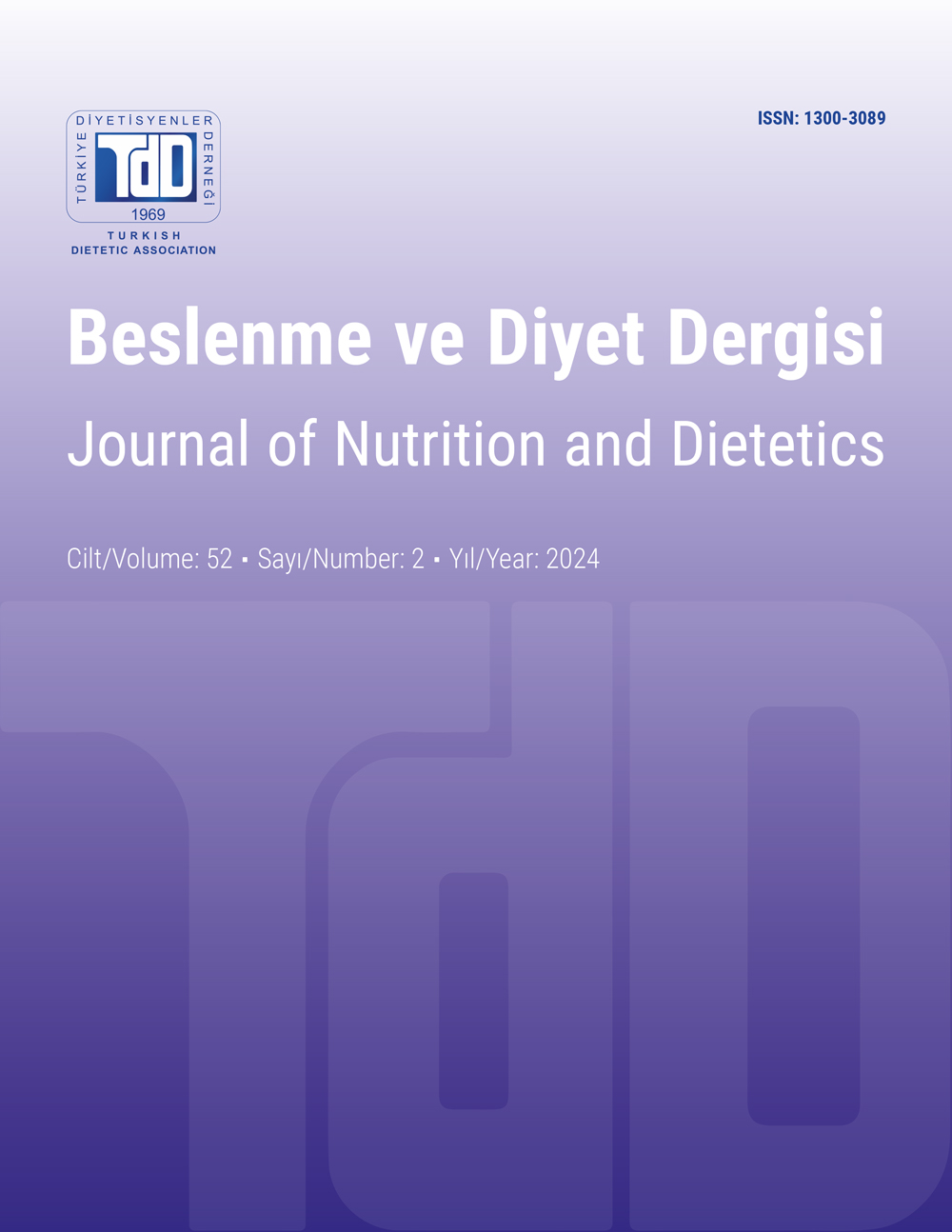Does the Use of Extracts and Spices in Different Types of Meat Reduce the Formation of Advanced Glycation End Products (AGEs)?
DOI:
https://doi.org/10.33076/2024.BDD.1882Keywords:
Advanced glycation end products (AGE), extract, spices, meat typesAbstract
Advanced glycation end products (AGEs) are complex compounds formed through the glycation of various structures such as reducing sugars, proteins, lipids, and nucleic acids. AGEs are produced endogenously in the body and can also be ingested exogenously through diet and environmental factors. The AGE burden in individuals has been associated with numerous chronic diseases, including diabetes, cardiovascular diseases, and aging. Therefore, reducing the body’s AGE burden plays a crucial role in maintaining health. It is considered that dietary improvement can reduce exogenous AGE intake. The AGE content in foods varies depending on their composition and processing conditions. Foods with high fat and protein content, such as meat, are primary dietary sources of AGEs. Consequently, selecting appropriate cooking methods for meat and incorporating plant-based by-products are essential strategies for reducing AGE exposure. In vitro studies have shown that plant extracts and spices used in food processing exhibit antioxidant and anti-glycation activities due to their phenolic compounds, thereby playing a role in reducing AGE formation. However, more comprehensive clinical studies are needed to examine the effects of these applications on humans. This review examines the impact of using extracts and spices in different types of meat on the formation of advanced glycation end products.

